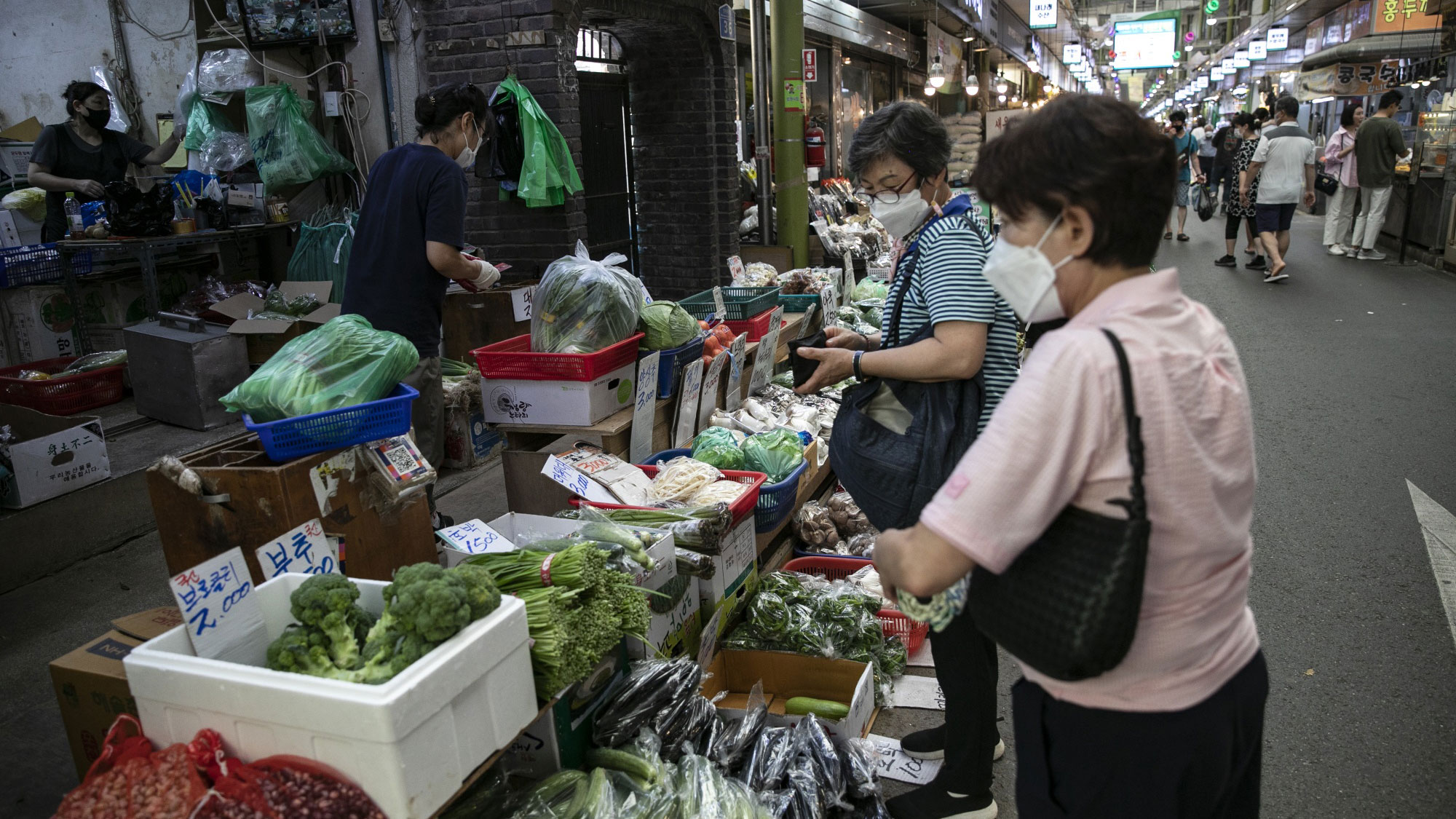In April, South Korea’s headline inflation moderated, dipping below 3%, yet stubbornly holding above the central bank’s 2.0% target. The latest figures, released by the country’s statistics office on Thursday, revealed that the benchmark consumer-price index rose by 2.9% from a year earlier, compared to a 3.1% gain in March.
This data, while slightly softer than expected, continues to present a challenge for policymakers in curbing price pressures. With inflation staying persistently above the target, market expectations for rate cuts in the near term are likely to be dialed back. The Bank of Korea has maintained its stance of not rushing to ease policy settings, given the stickiness of inflation.
Core CPI, which excludes volatile food and energy prices, showed a moderate gain of 0.2% from the previous month and 2.3% from a year ago in April.
The inflation report comes on the heels of accelerated export growth in April and stronger-than-expected GDP growth in the first quarter, which may alleviate concerns about soft domestic demand. Analysts suggest that these robust growth trends could further embolden arguments within the central bank both for maintaining the current policy stance and for a potential rate hike later in the year.
Barclays economist Bum Ki Son noted, “These strong growth trends are likely to fuel both the hawks’ argument that there is no rush to cut given above-trend growth and the neutral camp’s argument to wait-and-see if supply side inflationary pressure reduces.”
Barclays anticipates the Bank of Korea to revise its 2024 growth and inflation forecasts upward, potentially leading to a rate adjustment in October. The central bank had previously held its base rate steady at a 15-year high of 3.50% for the 10th consecutive time in April, maintaining that inflation, though cooling slightly, remains persistent.








 GOOGL
GOOGL  AMZN
AMZN  MET
MET  T
T  WPM
WPM  DM
DM  SVM
SVM  CMC
CMC  HKDUSD=X
HKDUSD=X  BABA
BABA